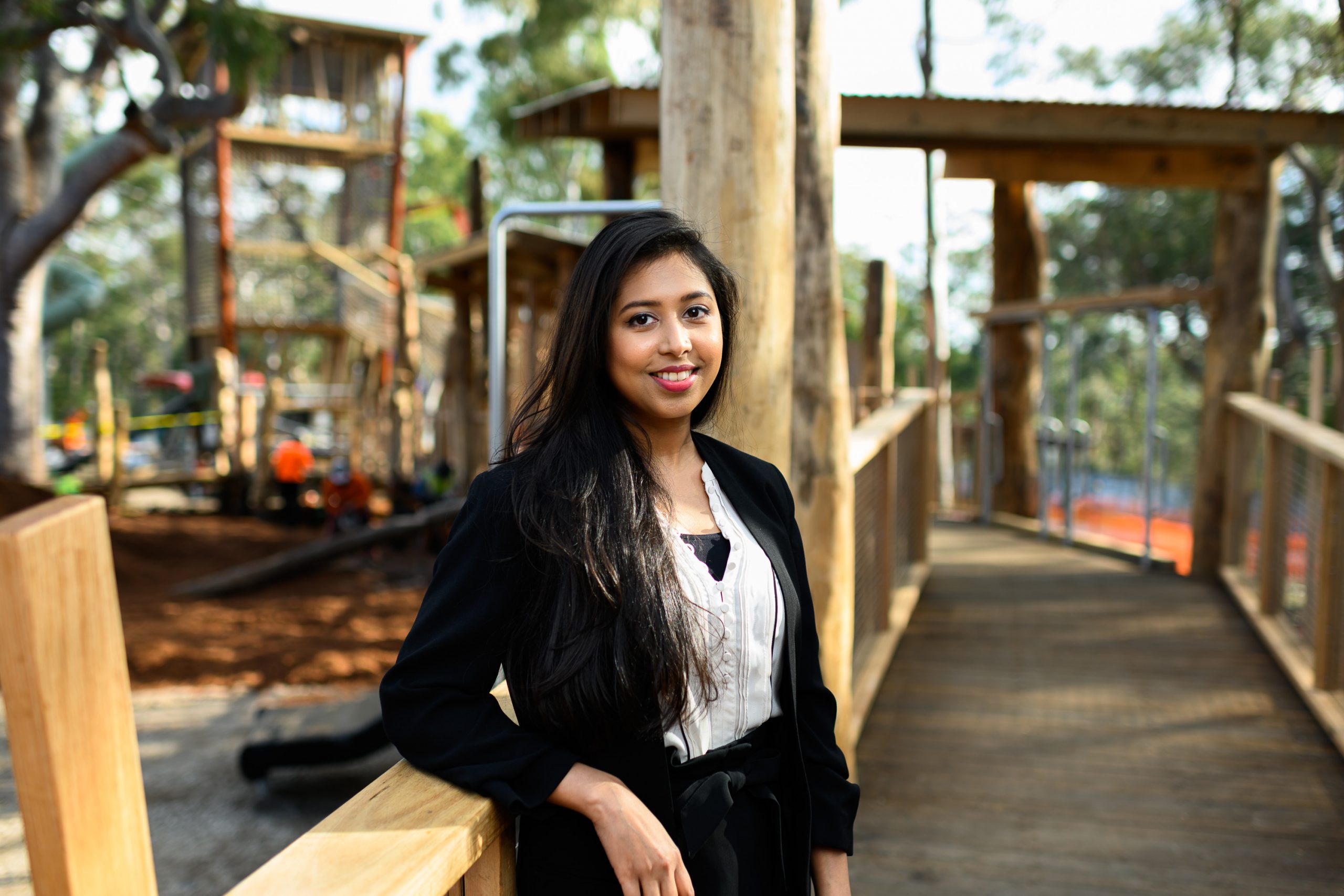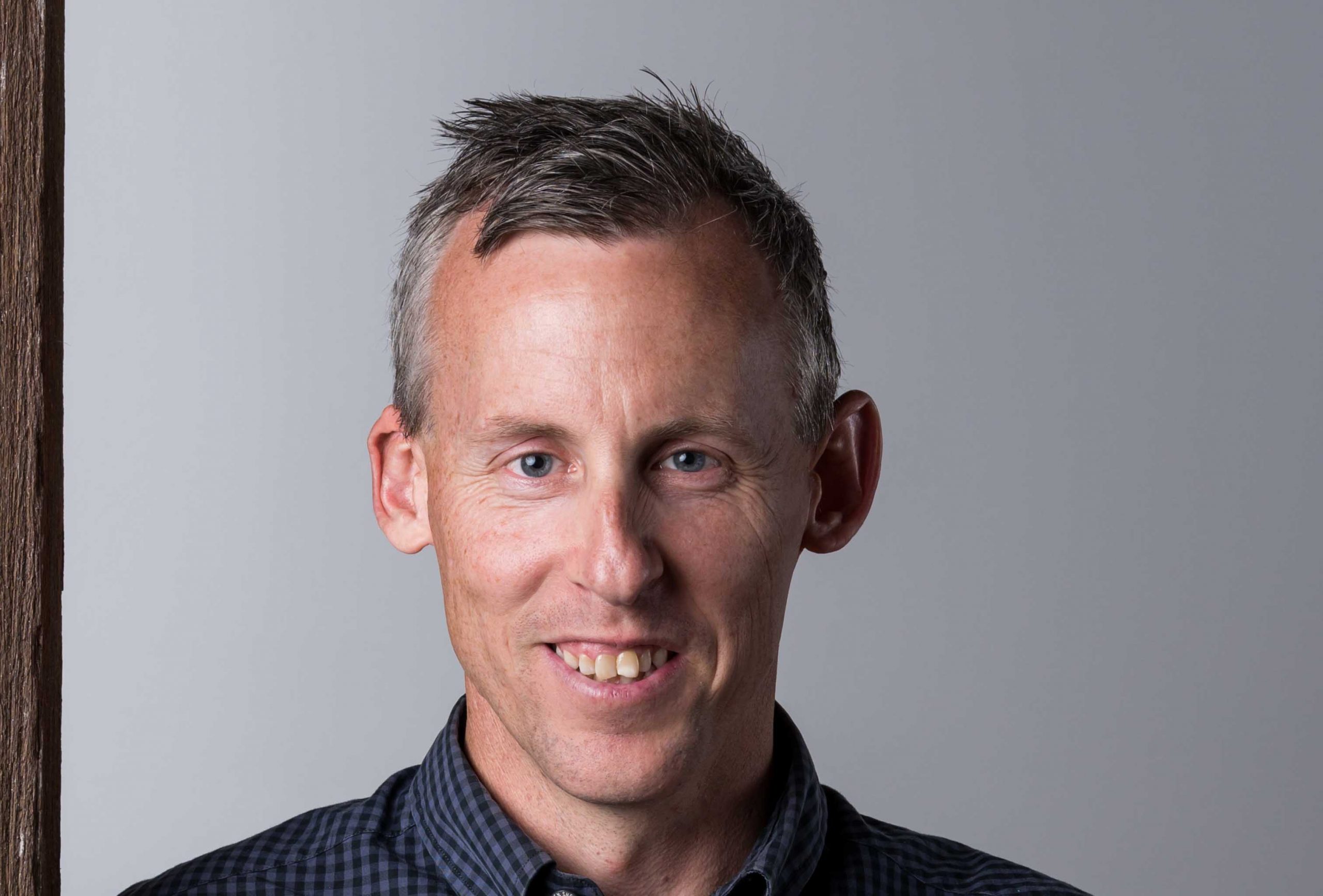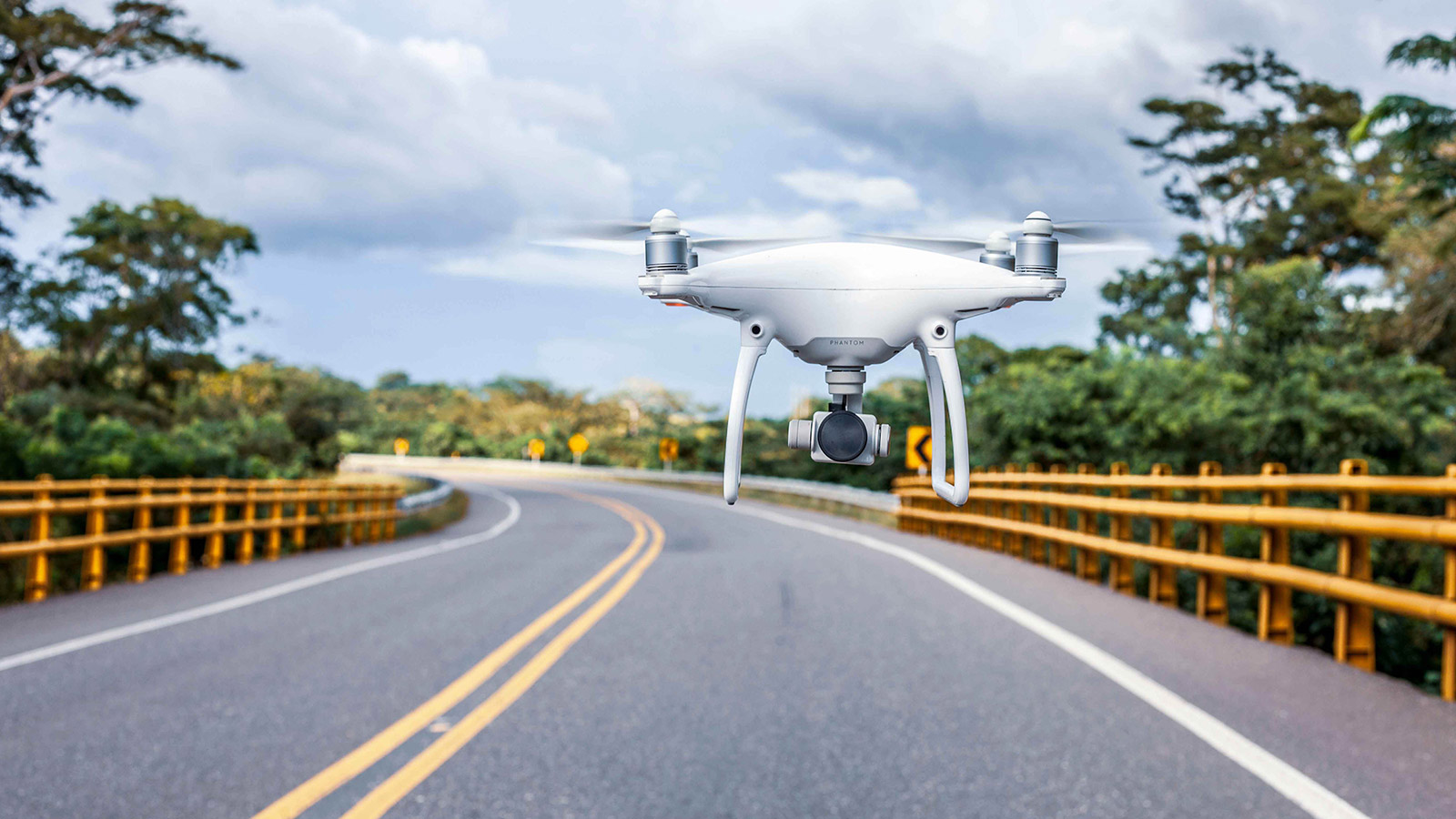Mar 01 2020, by Fleetwood Urban (Marketing)
Hello Future: Tech Trends We Are Watching in 2020
They say if you’re not looking ahead you’ll soon be left behind. Given the rapid and accelerating pace of change in today’s business landscape, it’s perhaps never been more relevant than it is right now. So, what does this near future look like for our industry?
Well, we don’t have a crystal ball. But what we do have at Fleetwood Urban is decades of collective experience in engineering, design, manufacturing and materiality, coupled with a very healthy dose of professional curiosity. With this in mind, here’s a snapshot of some of the key trends, technologies and challenges our team believes are likely to shape the next few years…

Dilshad Shams | Structural Design Engineer
Disruptive Innovation
“I’ve attended quite a few seminars with the Association of Consulting Structural Engineers (ACSE) in the past year, and one of the biggest talking points has been the emergence of ‘Disruptive Innovation’. It’s really opened my eyes because it’s changing the way we think about projects, not to mention how we deliver them.
The use of drones, for example, continues to become more common and more effective. Drones can be hugely beneficial, especially in areas like surveying which historically have been very time consuming and labour intensive. Thanks to ever-improving GPS technology, the current systems are super accurate, and 5G will only make them even better.
Robotics is likely to be another big area of disruptive change. The set-up costs are still quite prohibitive, but the technology will get more accessible, and help to significantly shorten the time frames required to fabricate structures, especially modular ones.”
Niche Materials Go Mainstream
“There’s a lot of really interesting innovation also happening with materials, mostly on a small-scale, just waiting to be ‘discovered’ and brought to the market on a more commercial scale. Self-healing concrete is a pretty ingenious emerging product, for example. It actually contains bacteria that can biologically produce limestone to heal cracks as they occur in structures. Another versatile material that’s still under-utilised is Fibre Reinforced Plastic (FRP). In fact, there still isn’t an Australian standard, which is why Fleetwood follows the USA quality guidelines. In a lot of built environments FRP provides a great alternative to steel and timber. It’s durable, won’t corrode and also has the potential to deliver real sustainability benefits depending on the composites used to produce it.”
Learn more about Dilshad Shams’ education and career history

Joel Watson | Senior Design Lead
“We’re starting to see a really interesting blurring of the lines between private and public spaces. People are expecting more from corporates which is leading to spaces that are privately-created but then effectively handed over to the local community. There’s also a rising awareness of the health, wellbeing and social benefits that come from the creation of well-considered public spaces, it’s shifting pretty quickly from ‘nice to have’ to ‘must have’. Very soon we may begin to see crowdfunded community spaces, where communities seek their own funding to change or create the spaces they want and need, like an extension of guerilla gardening.”
Real-time Tracking
“From a technology perspective, expect to see a big increase in the use of real-time monitoring of the way spaces are used. As the technology gets smaller, cheaper and more accurate, imagine video cameras, GPS, microphones, air quality readers and AI all being integrated to monitor spaces and worksites. So much future funding is based on usage rates, so it makes sense that’s where things will likely head. Material tracking could also become a big deal, facilitated by technology. We’ll increasingly be able to trace materials such as timber all the way from the forest to the building site.”
Sensory Modelling
“As a designer, I look at technologies like virtual and augmented reality and see them as super interesting tools, especially in the way they might be used to provide real-time sensory modelling. For example, we might use them to show clients the impact of things like sun, wind and foot traffic at different times of the day, or even year, in the projects we’re designing. That’s really interesting, and valuable knowledge.”
The Evolution of Business Information Modelling
“Something else I’m constantly watching is the expanding role of Business Information Modelling, or BIM, in the design process. BIM is already so much more than just a drawing tool, and I suspect we’re not too far from a situation where many architects will become little more than data entry professionals. That’s a bit sad in many ways, but I understand that at an efficiency level it does make sense. Of course, the rise in BIM will necessitate a vast amount of new software integration, which will require reskilling of existing staff and create a lot of new roles too. In fact, that’s another big future trend, the emergence of new specialists we don’t even know we need yet!”
Vertical Landscapes
“As Australia’s urban and inner-city densities continue to increase, I’m also really interested in the emergence of vertical landscapes. They’re set to rise in both quality and importance as communities seek to make more efficient use of existing spaces, for example, rooftop gardens and food sources (to help with diminishing food bowls), basement play spaces and adaptive, multi-use spaces that provide a palette for people to use the same spaces in different ways.”
Learn more about Joel Watson’s professional background and qualifications

Mark Jol | Design Technician
Sustainability Scrutiny
“Sustainability and climate change are already big social and economic issues, and that’s only going to increase in coming years. Expectations from clients will become far more formalised, as will the scrutiny to meet those expectations. That will pose all kinds of really fundamental questions.
How do we run our business? How do we design our solutions and products? How do we choose our partners? And what materials do we use?
The next generation of young architects are having this drummed into them at university which means we’re likely to see some really interesting changes in the thinking around materials before long.
Positive Turnback
“Something else we’re beginning to see is a positive turnback to more sustainable and renewable materials. Take timber. Back in the 1980s it was almost taboo, you couldn’t cut down a tree! Everyone wanted to use plastics. But that’s changing fast, because timber is really the only truly renewable material, and it also helps with carbon reduction. I expect we’ll see more instances of this, where the use of certain materials is challenged and replacements need to be found that can still deliver what’s required in often harsh climates. I anticipate we’ll see a lot of new building products over the next few years for that reason.”
Community Wellbeing
“Another challenge for Australian communities is inactivity, and I fear a tidal wave of health problems is coming. That makes what we do, as designers of community spaces, incredibly important.
“We’re not competing with other parks and spaces, we’re competing with computer screens.”
Backyard cricket has been overtaken by Fortnite, which is just terrible because it (backyard cricket) wasn’t just a game, it taught us how to interact socially, with rules and structures and boundaries. The projects we create must help to encourage Australians outside again, by opening up spaces and enjoying places that were previously inaccessible. That’s only going to become more and more important as the population density in our cities continues to increase.”
The Return of Risk
“One really positive thing I’m also noticing is a shift back towards councils and parents recognising risk taking as an important part of growing up.
20 years ago everything we designed was about wrapping kids in cotton-wool. But providing places for kids to take risks and solve problems in a safe way is just so important. As a designer, I want our spaces to have as much risk as possible without being truly dangerous. Bumps and bruises teach us things that stay with us for the rest of our lives. There’s a clear shift back towards that type of thinking, which I think is a very good thing.”



